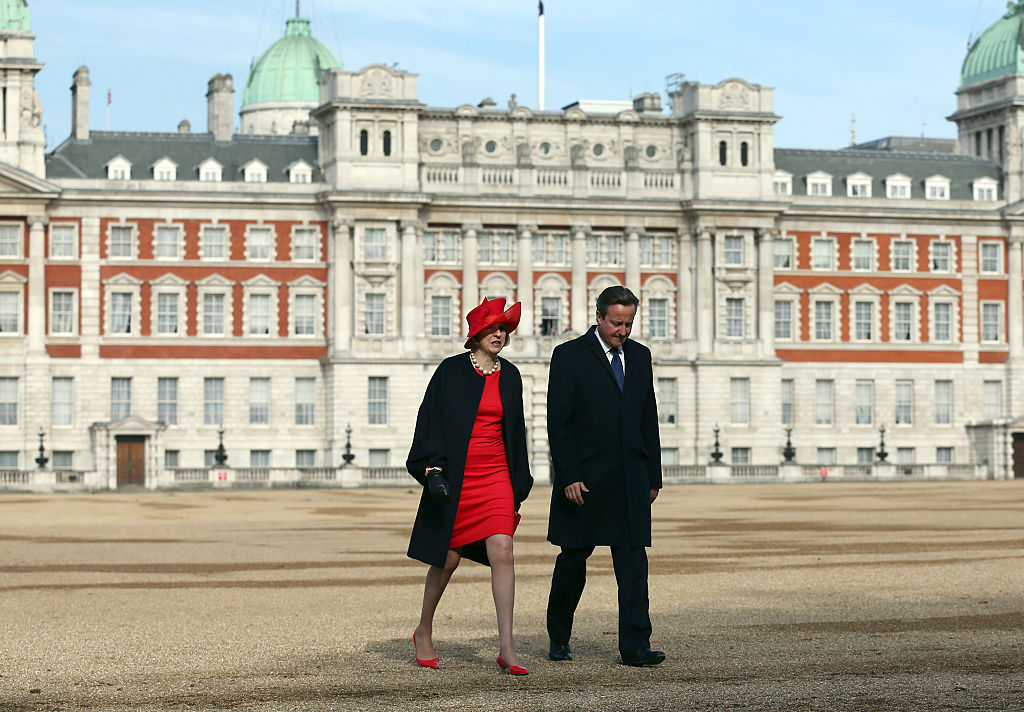David Cameron has been widely blamed for the Conservatives’ current predicament, but in one sense he has saved the party – if inadvertently. It is thanks to his drive for younger candidates that Theresa May’s government has avoided succumbing to a no-confidence vote. May does not have a majority, and relied on DUP votes to help her survive a no-confidence vote last month. Yet even DUP votes would not be enough to save her were she losing her own MPs at the rate John Major did in the mid 1990s. In 1992, Major was elected with a seemingly healthy majority of 21. Yet over the course of the following five years he lost that majority entirely. Why? While he suffered three defections towards the end of the parliament – with Emma Nicholson switching to the Lib Dems, Alan Howarth to Labour and Peter Thurnham (who first sat as an independent before becoming a Lib Dem), the main cause of the erosion of Major’s majority was the death of eight MPs, each followed by defeat in subsequent by-elections.
None of those who died were exactly elderly – four were in their early 60s, two in their late fifties, one in her early 50s. Stephen Milligan – who died either from auto-asphyxiation or the hands of Russian agents, depending on whether you believe the coroner’s report or not-entirely-implausible conspiracy theories – was only 45 and his death cannot be put down to age. Nevertheless, the older the age profile of 300 MPs, inevitably the greater the rate of attrition will be. Since 2010, by contrast, not a single sitting Conservative MP has died. In part, that can be put down to a lower age profile of MPs following David Cameron’s efforts to widen the pool of candidates – as well as his exploitation of the expenses scandal to clear out some of his older backbenchers.
Interestingly, Labour has lost nine sitting MPs to illness-related death since 2010. That does not include Jo Cox, who of course was murdered. It is a stark difference which can be partly explained by the number of old-timers like Michael Meacher and Gerald Kaufman who have stayed on the green benches until the very last. The age profile of Labour MPs is also a little higher than that of Conservatives – Labour MPs were an average of 53.2 at the 2015 election, compared with 50.2 for Conservatives. One can speculate on the full reasons – more Labour MPs come from lower socio-economic backgrounds, which suffer higher rates of premature death, perhaps. There may, too, be an element of chance. But for the moment it is hard to escape the conclusion that the better health enjoyed by MPs on the Conservative benches is helping to keep the government in office.







Comments